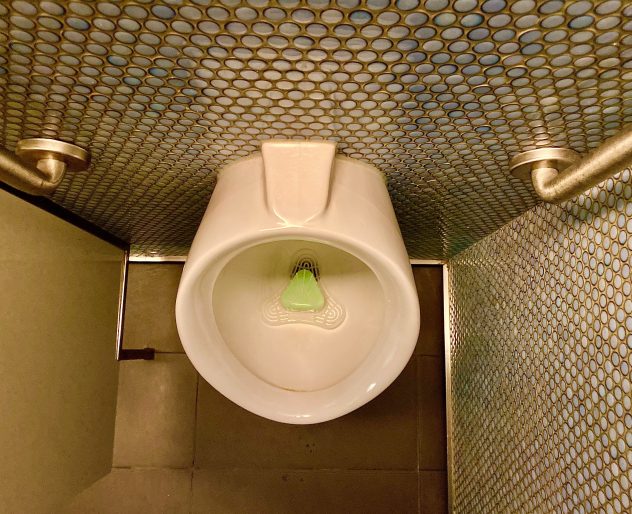The worldwide demand for no-water or waterless urinals is expected to grow by more than 10 per cent over the forecast period of 2022 to 2031, according to Kenneth Research and investment magazine MarketWatch.
Waterless urinals do not use water to operate like conventional urinals do, and help in both reducing water consumption and cutting the energy and other costs associated with water supply and plumbing, according to the report.
“Waterless urinals can be the first step in reducing water usage substantially,” concluded the researchers.
The report listed the following reasons for the predicted growth:
- Growth of “green buildings,” where no-water urinals are often installed.
- The heightened sense of urgency across the globe for saving water.
- The growing necessity for cities, countries, and governments to save potable (drinkable) water.
- Increased interest in water conservation technologies.
- Local and state governments encouraging and “incentivizing” the construction of green buildings in their communities.
The report indicated the installation of waterless urinals would grow most significantly in the U.S. and Canada, which “is the leading region for waterless urinals in the world based on market share.”
Following North America is Latin America, Europe, and Asia, which includes India and Australia.
Additionally, the report indicated those market sectors most likely to install no-water urinals will be offices (office buildings), retail facilities, hospitality (hotels, restaurants, and bars), healthcare, industrial, and educational facilities.
“We view market trend reports like this as ‘interesting’ but not necessarily written in stone,” says Klaus Reichardt, CEO, and Founder of Waterless Co., Inc., one of the largest manufacturers of no-water urinals in North America. “However, since the first of the year, most (no-water urinal) manufacturers are reporting increased sales. We have every reason to believe this will continue.”









